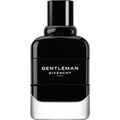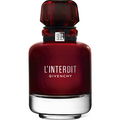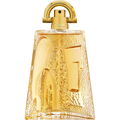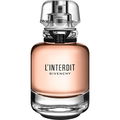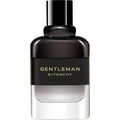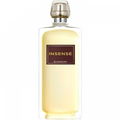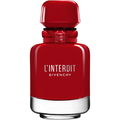We may earn a commission when you buy from links on our site, including the eBay Partner Network and Amazon.
A perfume by Givenchy for women. The release year is unknown. It is being marketed by Palm Beach Beauté.
Compare
Compare
Fragrance Pyramid
 Top Notes
Top Notes  Apple
Apple  Lemon
Lemon  Orange
Orange  Heart Notes
Heart Notes  Jasmine
Jasmine  Orange blossom
Orange blossom  Pink pepper
Pink pepper  Base Notes
Base Notes  Cedarwood
Cedarwood  Cocoa
Cocoa  Coffee
Coffee  Musk
Musk  Vanilla
Vanilla  Fermented Transistor
Fermented TransistorRatings
Submitted by JagHammer5, last update on 06/18/2025.
Interesting Facts
The fragrance is part of the Corazon de Fuego collection.
Smells similar
What the fragrance is similar to





